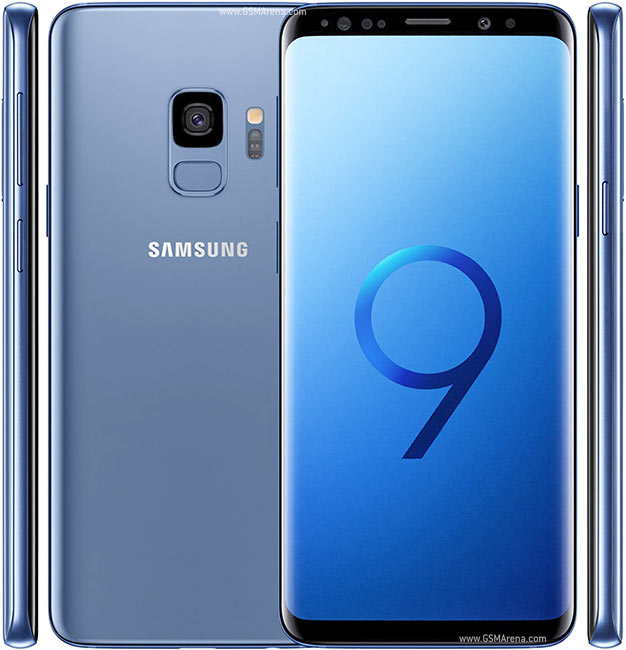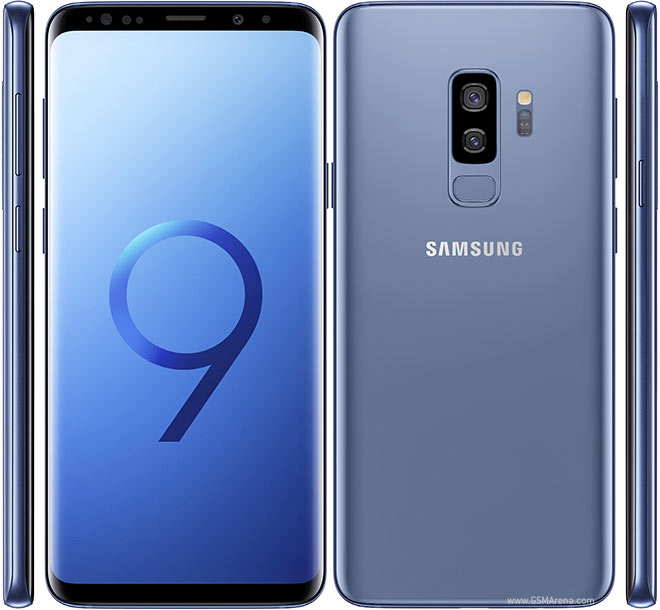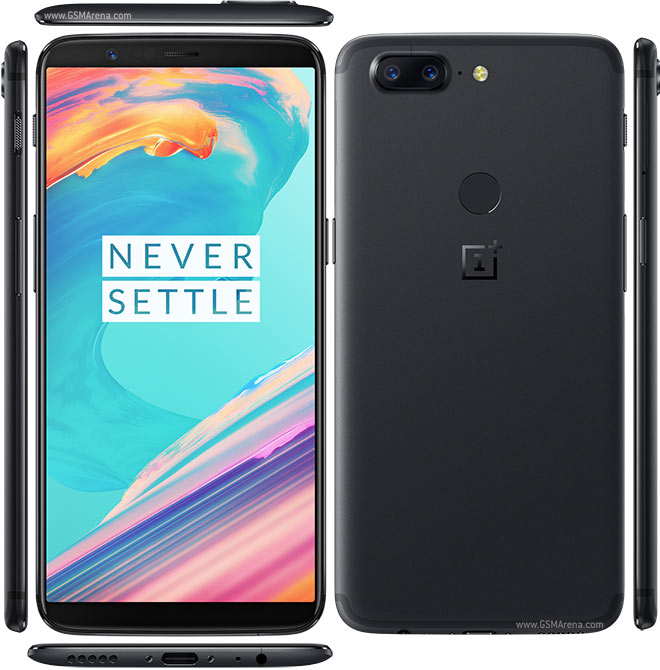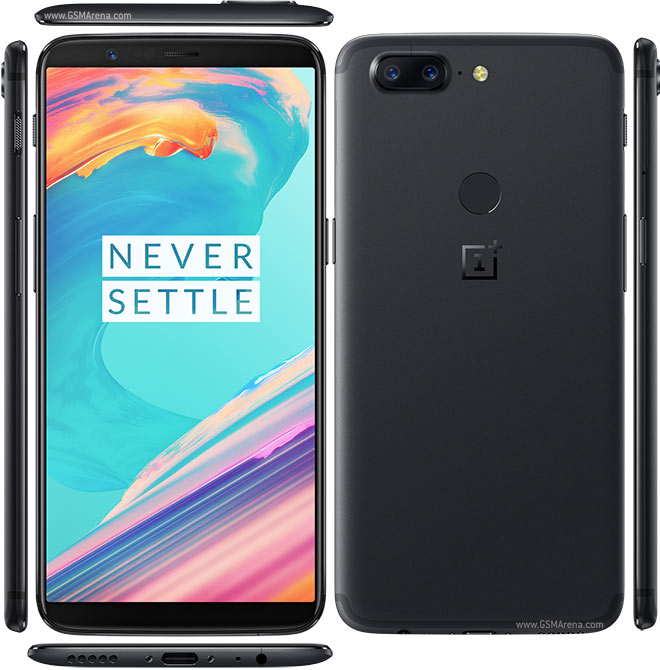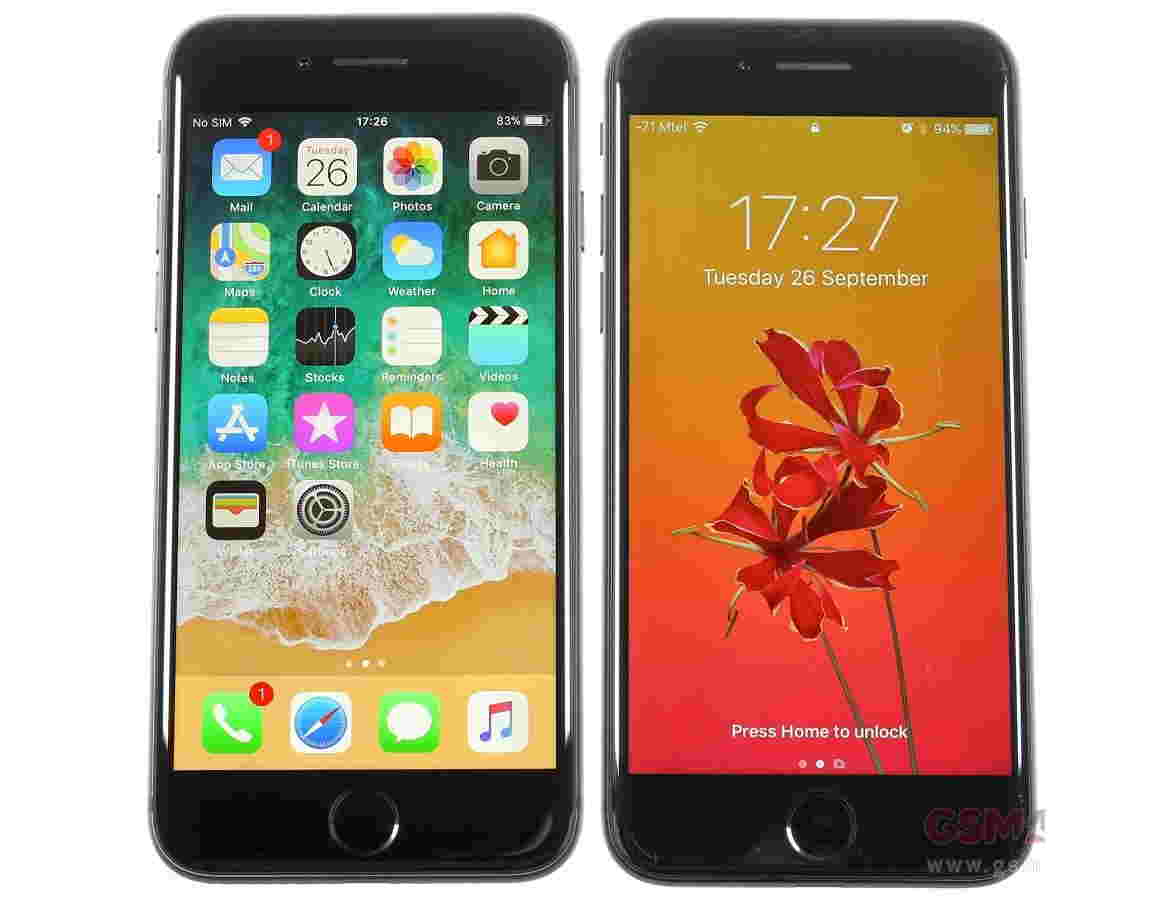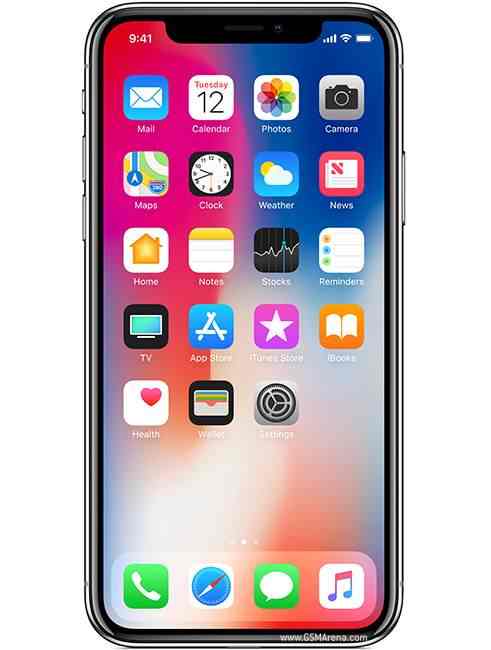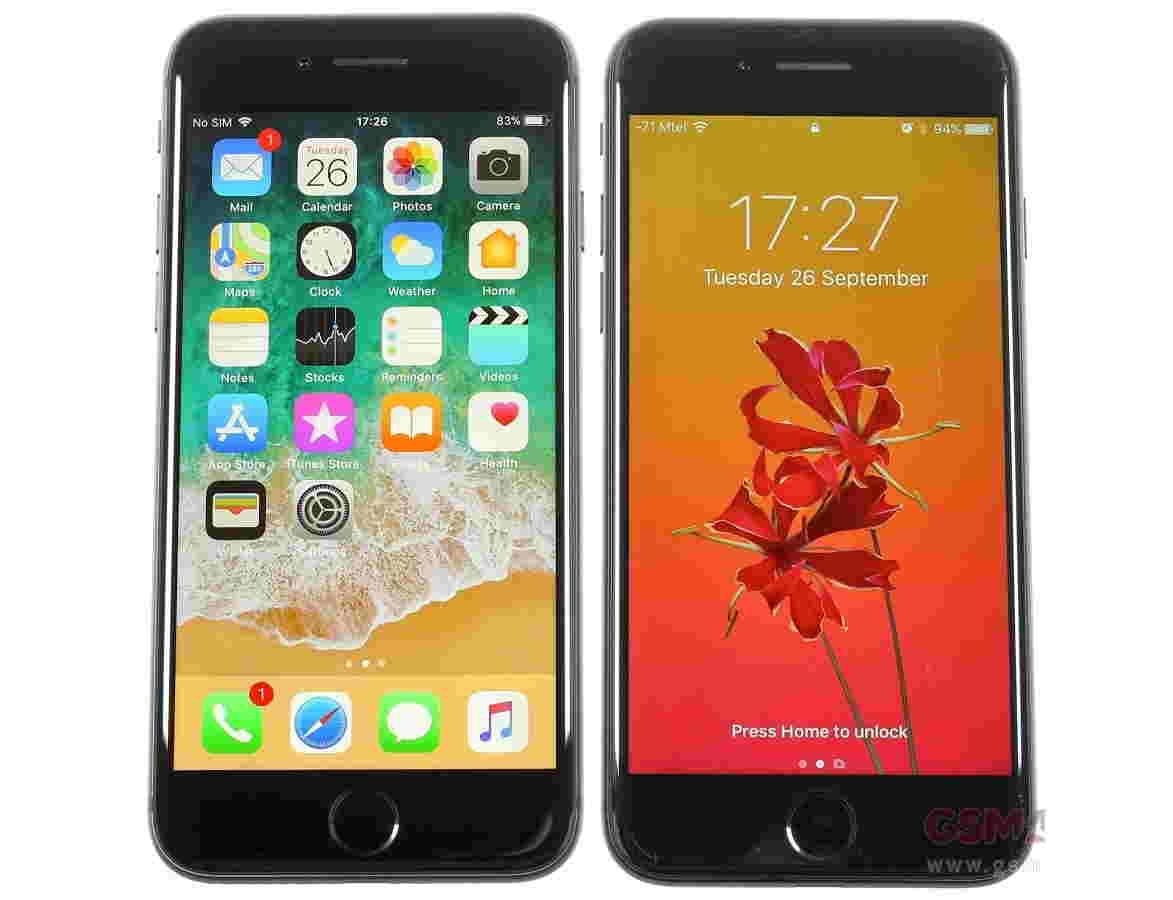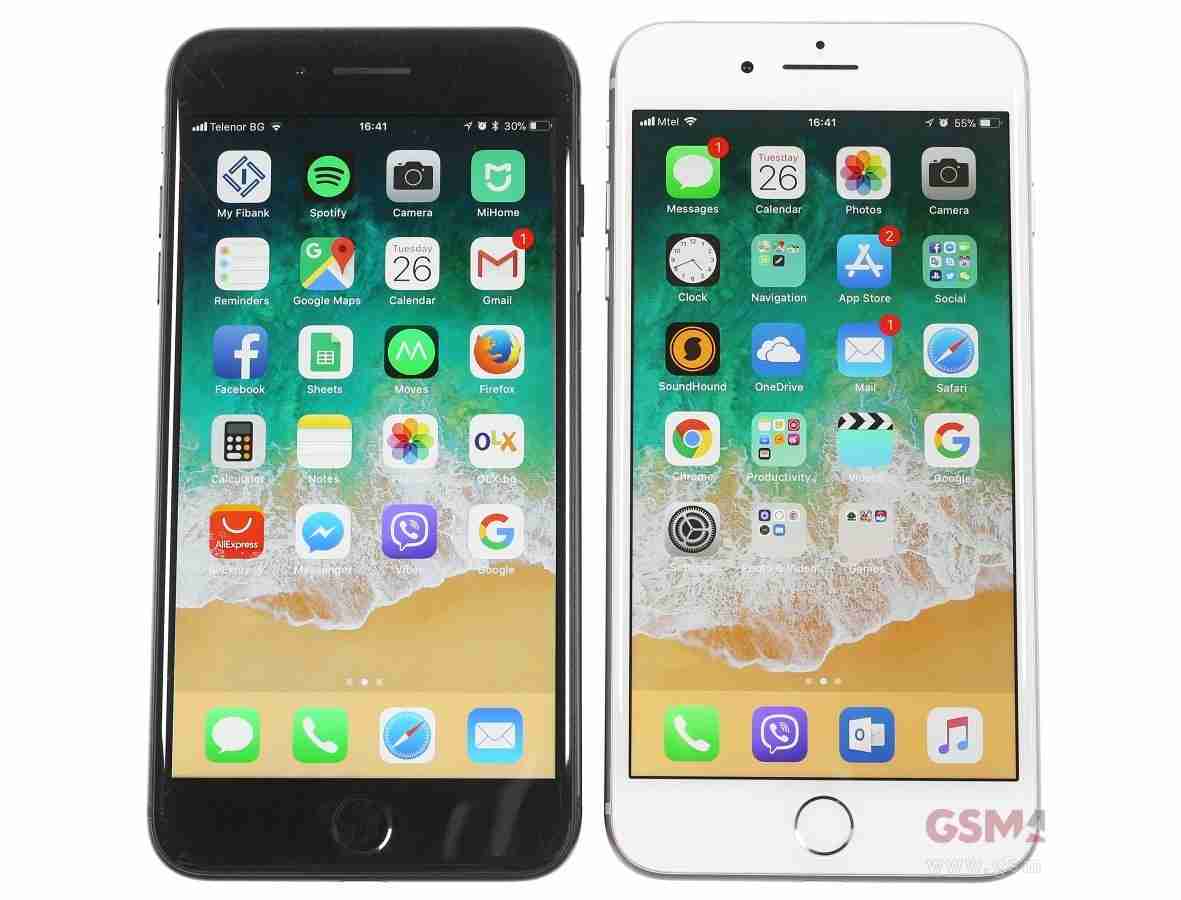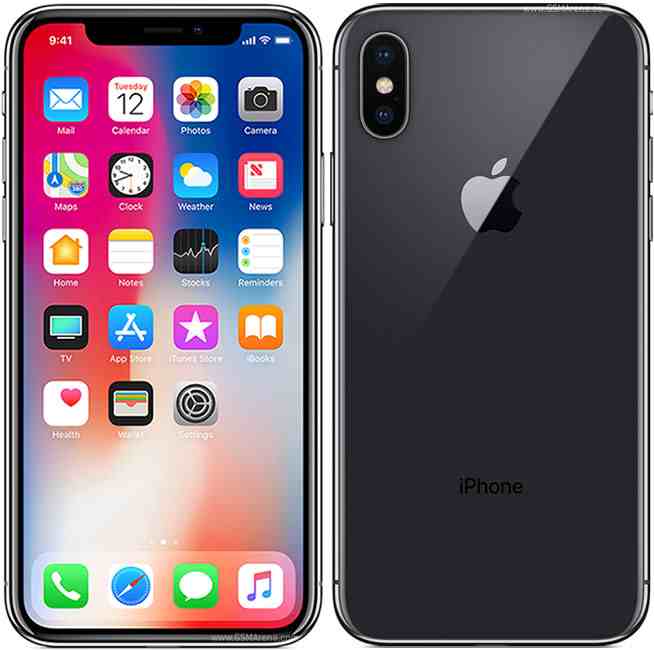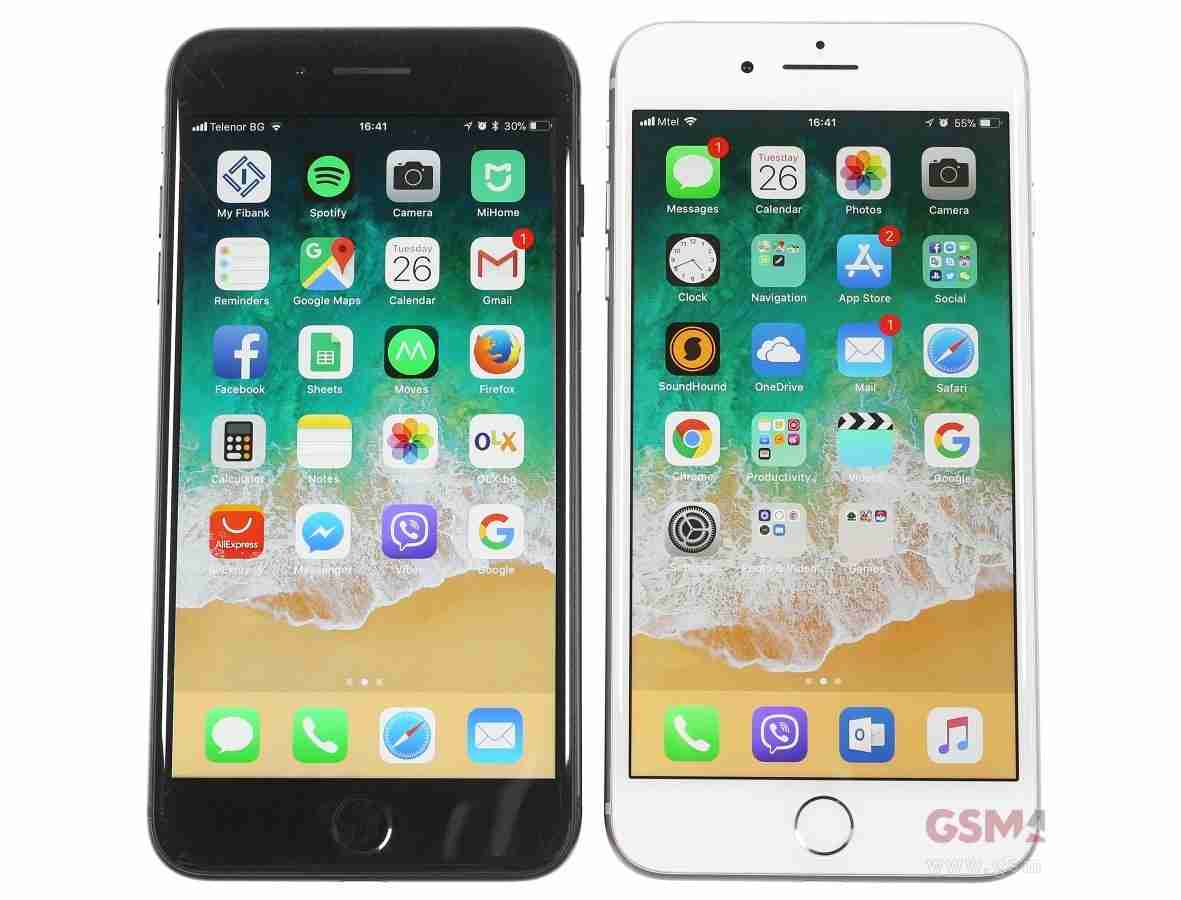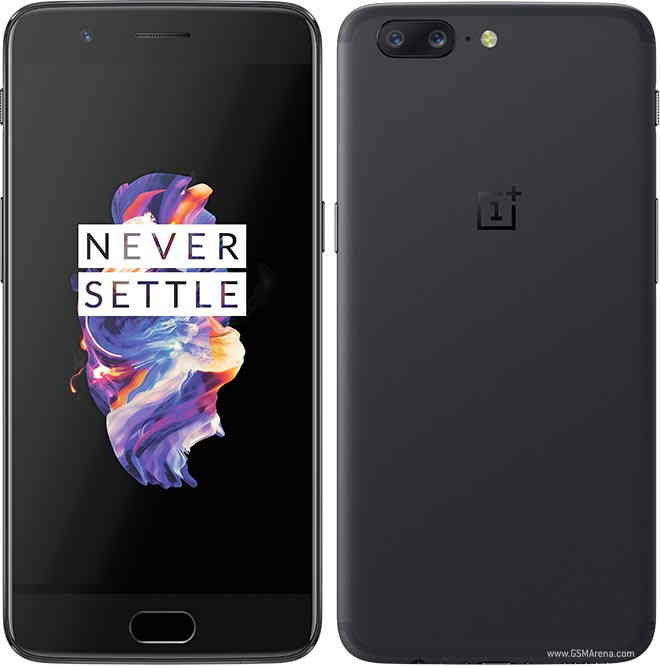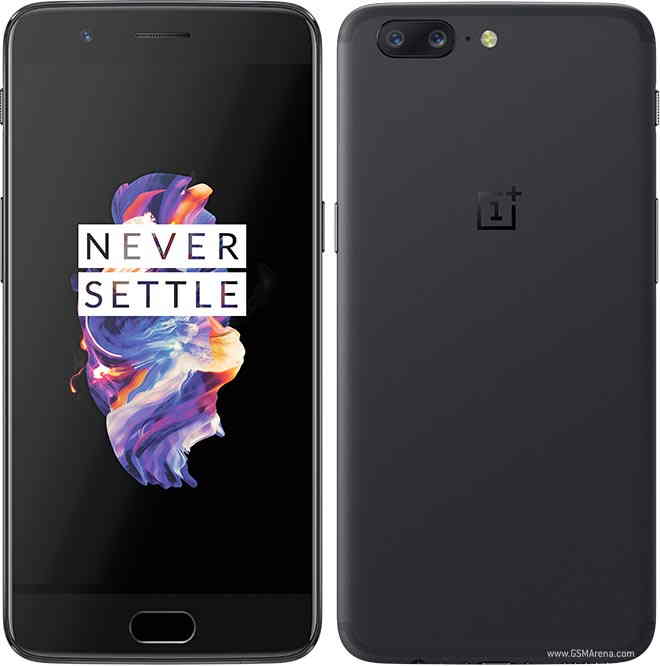Price: �30 inc VAT
Rating: 8
The Chromecast is quite unlike the Apple TV, Roku or other regular media streaming devices. It consists of nothing more than a small dongle that you plug into your televison's HDMI port, and as a standalone device it does nothing at all – there are no internet channels to watch, nor even any way to control it. It's a low-cost competitor toApple TV and allows you to stream media using smartphones, tablets, PCs and laptops. See also: Chromecast vs Roku Streaming Stick comparison review.
It only comes alive when connected to other devices on the home network, be that an Android or iOS device, laptop or Google Chromebook. You can beam content from compatible apps on those devices, or simply mirror their screens, allowing you to turn your television into a big-screen version of your phone, for example.
Setup could barely be simpler: you plug the Chromecast into your TV's HDMI port, download Google's Chromecast app for your device, punch in an onscreen code and off you go. It's worth noting, however, that you also need to run a micro-USB cable into the back of the Chromecast to power the device. Most modern TVs have USB ports that can be used for this job, but if yours doesn't you may need to run a lengthy USB cable from a power socket.
Chromecast review: compatible apps
The selection of Chromecast-compatible apps on Android and iOS is pretty thin: Netflix, iPlayer, BT Sport and, of course, YouTube are among the highlights. There's no Spotify, Sky or other UK terrestrial channels, though.
Streams are activated simply be pressing a button in each app and streaming quality is generally excellent, with little breakup and few video/audio sync issues. And once the stream has started, you can close the app on the phone/tablet and carry on using the device for other tasks.
It's also possible to stream content from non-compatible apps by mirroring the screen of an Android device (this isn't an option in iOS). Screen casting was almost flawless from our HTC One handset, with only fast-moving 3D games creating the occasional glitch on the big screen. (See also: Now TV review.)
On the PC, an extension for the Google Chrome browser allows you to stream individual browser tabs to the big screen, which worked fine. The websites of certain video-on-demand services, such as Netflix and iPlayer, are also Chromecast-compatible, allowing you to beam shows and carry on surfing elsewhere, effectively turning your television into a secondary PC screen.
Chromecast review: streaming media on home network
Streaming of media on the home network is more problematic. There's no easy way to stream video content or music stored on your PC – a Chrome browser extension called Videostream claims to make this possible, but failed in our tests on two different PCs. The free Plex media-server software is also nominally Chromecast-compatible, but we found performance to be very sluggish on our home wireless network, to the point where streaming video was almost unplayable.
One final issue of note: Google's privacy notice says the company "may collect system activity, crashes, and other details about how you use Chromecast, including use of apps and domains (but not full URLs) accessed by Chromecast". As ever with Google, your lifestyle habits are being beamed back to the borg.
Buying Advice
A brilliant, low-cost add-on for Android device users in particular, providing a blissfully simple way to beam video from your device to the big screen. People who want to stream their own media collection should look elsewhere. The Chromecast is cheap and easy to use, but there arent many apps that support it yet. This situation is bound to change over the coming months, but for now you might find your existing smart TV offers more.After what felt like an interminable wait, Google has at last launched the Chromecast in the UK. The £30 device lets you make any TV ‘smart’ – all you need is a free HDMI input on your television and a Wi-Fi network. It's a low-cost competitor toApple TV and allows you to stream media using smartphones, tablets, PCs and laptops. See also: Chromecast vs Roku Streaming Stick comparison review.
You can watch YouTube videos, Netflix, Vevo and other services, but on launch day, BBC iPlayer is the only UK catch-up TV service to support the Chromecast. Here's everything you can currently watch on a UK Chromecast.See Best free apps for Chromecast you don't know about.
The device comes with a short HDMI extension cable in case you can’t plug it in to your TV directly, and it’s powered by an included microUSB cable and mains adaptor. However, if your TV has a free USB port, you can use that to provide power instead. See Apple TV vs Chromecast review.

There’s no remote control since the idea is that you use your Android smartphone or tablet to decide what to watch and to pause, rewind or fast-forward the video. You can also use an iPhone or iPad running iOS 6 or later or – if you don’t own a compatible device - you can use any PC, laptop or Google Chromebook and control things from Google’s Chrome web browser. See How to set up and use Chromecast.
Chromecast: Simple setup
 Setting up the Chromecast is easy and takes less than five minutes. Here are the full step-by-step instructions, should you need them. See What can you watch on Chromecast: why Chromecast is a game changer.
Setting up the Chromecast is easy and takes less than five minutes. Here are the full step-by-step instructions, should you need them. See What can you watch on Chromecast: why Chromecast is a game changer.
Once you’ve installed the app (or Chrome extension) and connected the dongle to your router’s Wi-Fi, you’re ready to ‘cast’. This involves launching a compatible app – see the full list – and tapping the Chromecast icon within it:
![]()
A pop-up box prompts you to choose a Chromecast (useful if you have several and, at this price, you may well have a couple) then returns you to the playback screen where you can tap the play button.
The video will buffer and begin playing on your TV. You can use the app’s playback and volume controls, but you can also switch to another app to check your email, browse the web, play a game or anything else without interrupting playback.
There’s no Chromecast interface as such, so it isn’t quite like an Apple TV or Roku where you use a remote control to navigate through content. Apart from the ‘home screen’ which is presumably there just so you know the Chromecast is working, everything is controlled from a companion device’s screen.

Chromecast: using the dongle
‘Casting’ is a somewhat misleading term since, for the majority of the time, video isn’t being sent from your smartphone or tablet. Instead, the app merely sets up a stream from the internet directly to the Chromecast. At least that’s the way it worked in most of the apps we tried, including YouTube, iPlayer and Netflix.
See also: Best free apps for Chromecast you don't know about.
YouTube even lets you add videos to the queue: an obvious 'Add to TV queue' pops up on the Android app when you browse to another video, and the same option appears on iOS, but it's slightly hidden under the Share menu.
The Chromecast button appears in Netflix for iOS and Android too, and works like a charm. Once a video is playing, you can put your phone or tablet to sleep to save battery life, and still pause the playback from the lock screen, or pick up the controls from another device on the same Wi-Fi network.
Google's Play Music and Play Movies & TV apps on Android are also supported and let you cast content you've bought or rented from the Play Store. We were unable to play albums that we'd bought from Google Play - we tried playing both music that was downloaded to our smartphone as well as songs stored in Google Music, but nothing worked. The album art appeared on the TV briefly, but was then replaced by a "cannot play side-loaded music" error message.
Strangely, there’s no way to cast photos and videos from your camera roll to your Chromecast, whether you’re using an iPhone, iPad or Android device. Third-party apps such as AllCast can do this but when we tried the free version, there was a 15-20 second delay before a photo we’d tapped was shown on screen. Videos wouldn’t play at all.
As you’d expect, more than one device can be set up to control the Chromecast. This could create problems if two or more people have the app installed and want to watch different things. As it stands, there’s nothing to stop someone playing a new video: it cuts off any existing stream and overrides it. A minor issue, granted, but it would be nice for the person playing the current video to get a pop-up on their smartphone asking for permission to play a new one.
Video and audio quality will depend on the source video. The worst-quality YouTube videos naturally look awful on a big-screen TV, but good-quality 1080p footage looks pretty good. The Chromecast supports 5.1 surround sound, but since audio is output through the HDMI connector, you’ll need a TV with an optical or coaxial S/PDIF output which is connected to a suitable surround-sound amp and speakers in order to hear multichannel audio. Similar to video quality, the availability of 5.1 sound will depend entirely on whether the video you’re playing has a 5.1 soundtrack.
Google Chromecast review: bottom line
If you don’t already have a way to watch Netflix, iPlayer, YouTube and other online video on your TV, the Chromecast is great value at £30.
However, if you already have a smart TV the Chromecast will appeal only if it offers a service that your TV doesn’t, such as Netflix.
Also, when compared to rival streaming boxes such as the Apple TV and forthcoming Roku Streaming Stick, the Chromecast doesn’t offer very much. Or, more accurately, it doesn’t offer very much at the moment.
It’s almost certain that the other UK catch-up TV services will add Chromecast support to their apps in the near future and there are sure to be plenty of other apps offering the ability to ‘cast’ content to your TV.
We’re bemused as to why Google hasn’t added Chromecast support to the native Android Gallery app. Beaming your photos and videos via AirPlay is one of the Apple TV’s best features.
Still, for this price, it’s worth the risk that the apps you want never get Chromecast support. Bear in mind, though, that’s it’s even cheaper and easier to buy an HDMI cable and hook up your laptop to your TV – and there are plenty of Android tablets with an HDMI output. As long as an app allows video output over HDMI, you’ll be able to watch whatever you want on the big screen.
Visit Digital Home Advisor for more.
FollowJim Martinand@PCAdvisoron Twitter. Add Jim Martin to your Google circles




